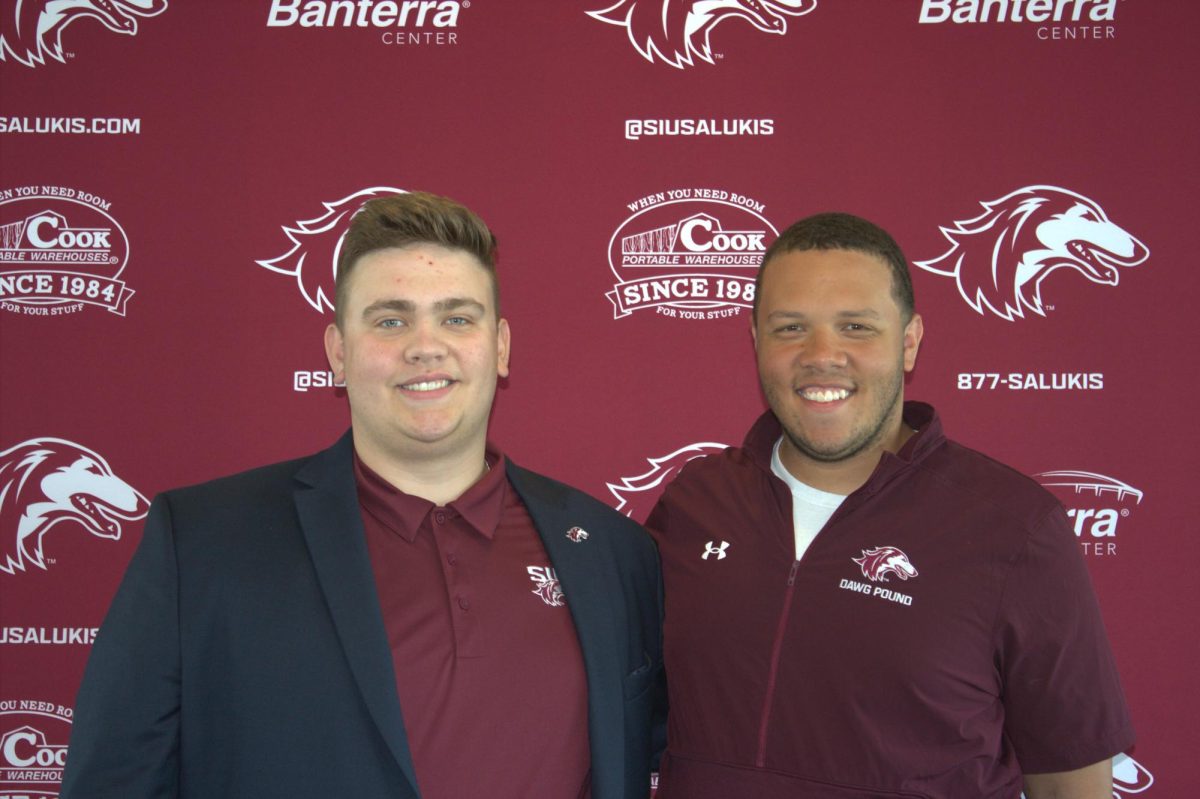Financial aid refunds boost Carbondale economy
January 27, 2015
This year SIU students received nearly $20 million in financial aid refunds, an amount that has a large impact on the local economy, according to a university study.
If students do not file early this year, they could be at risk of not getting one next year, said Terri Harfst, director of the Financial Aid Office.
This money goes into the local markets from students buying books, groceries and other necessities while living in the area, said Terri Harfst’s husband, Kyle Harfst, director of Southern Illinois Research Park.
Advertisement
If a student receives more financial aid than is needed for a semester, the excess money is then sent out in a reimbursement check or directly deposited into the student’s bank account.
Harfst said most, if not all, of that money stays in the immediate economy.
“Students received $19.5 million in checks [this semester],” Harfst said. “They then spend the money on books, rent, food and so forth.”
However, for some students, their financial aid rewards do not warrant a refund.
Stephanie Pacheco Albano, a junior from Brazil studying biology, said her transfer program, Science Without Borders, will not include any remaining balance or refund.
“It’s a resident program. They select students of science and bring them to the United States and other countries for college,” Pacheco Albano said. “Financial aid was already included and covered.”
If financial aid is just enough to cover school expenses then no refund check will be made.
Advertisement*
Students are not the only ones who benefit from the checks.
Chris Ahart, manager of 710 Bookstore, said student refunds help his business.
“There’s no doubt that putting money into the student’s wallet helps local businesses benefit,” he said. “I imagine all the local retailers and restaurants receive an uptick.”
Choak Somkroot, manager at Carbondale Cycle, said the refund revenue provides a significant rise in his business.
“I’ve seen the increase when [students] get the money,” he said. “They might buy a bicycle or other accessories. The refunds give me a 10 to 15 percent increase in revenue.”
For students to know if they are eligible, they must first set up their financial aid.
Terri Harfst said financial aid setup is easier than students think.
“You file a Free Application of Federal Student Aid, then each financial aid department brings in that information and then packages that financial aid. Students then would have to accept it on SalukiNet,” she said.
The FAFSA is a federal document used by the United States Department of Education to determine a student’s expected family contribution.
Terri Harfst said students should fill out their FAFSA forms right away because the financial aid for that year will run out.
“If people want their financial aid to go through quickly, they need to file early, check their student email and follow the email’s directions,” she said.
Every student, regardless of need, can get up to $5,500 in loans, Terri Harfst said.
Most students who receive refunds live off campus.
“Most freshmen probably are not in a situation receiving a refund,” Terri Harfst said. “Freshmen have tuition fees, along with room and board that will most likely be more than what their aid will cover.”
Students can fill out their financial aid information at fafsa.ed.gov.
Brian Robbins can be reached at [email protected].
Advertisement








